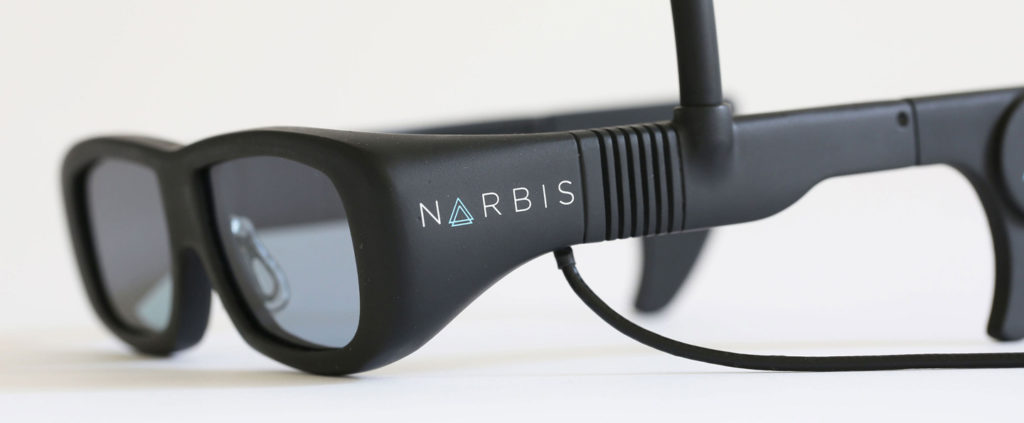Yoga, the combination of breathing exercises, meditation, and physical postures used to achieve a state of relaxation and balance of mind, body, and spirit, has been surging in popularity for years, but especially amid the pandemic as people look for a practice that both fits within the confines of home while embracing calm and mindfulness.
It’s easy to understand why. Yoga encapsulates repeating stretches like sun salutations, pairing them with your breath. Then, while adopting the role of impartial observer to the racing thoughts in your head; you clear your mind in meditation. Consciously relaxing every muscle in your body from feet to eyebrows during Savasana can bring about a lovely calm buzz that gets you through the day and provides gentle exercise as well as stress relief. Deep abdominal breathing like that done during yoga encourages full oxygen exchange — the beneficial trade of incoming oxygen for outgoing carbon dioxide. It can slow the heartbeat, as well as help to lower or stabilize blood pressure.
In fact, meditation alone has been demonstrated to have profound health effects on the body. Meditation is the habitual process of training your mind to focus and redirect your thoughts.

Studies of long-term meditators engaged in busy professional lives show reduced healthcare-related costs including an astounding reduction of long-term heart disease costs by 87 percent.
Beyond yoga’s ability to reduce stress, calm the mind, and improve factors connected with cardiovascular health such as lower blood pressure, better sleep, and a reduction in artery-damaging inflammation, Yogis have also understood for years the power that their practice has to control subconscious physiological processes. Fifty years ago, Yoga guru Swami Rama of the Himalayas scientifically documented the power of yoga and meditation to allow him to have voluntary control of his own autonomic nervous system.
During a series of biofeedback experiments in 1970 and 1971, Drs. Elmer and Alyce Green of the Menninger Foundation in Topeka, Kansas observed that Swami Rama could produce different brain waves at will, including theta and delta (sleep) waves, while remaining aware of his environment; raise and lower his peripheral body temperature; regulate his heart rate and blood flow; and adjust his brain wave activity.
These early experiments demonstrated the ability to consciously control-on-demand what was thought to be only involuntary physiological processes and became the basis for modern-day biofeedback.
Neurofeedback Can Quickly Achieve Results Usually Only Seen After Years of Meditation

By monitoring brainwave activity using electrodes on the scalp (EEG), Neurofeedback, a form of biofeedback, gives personalized readings about the brain’s inner workings. It has been shown to be a highly effective, non-invasive, non-drug way to change the way your brain functions and has been adopted to treat an array of problems including ADHD, anxiety, depression, PTSD, traumatic brain injury, and insomnia. Neurofeedback rewards healthy brainwave activity over unhealthy activity, ultimately reducing unwanted symptoms and behavior.
Meditation takes you to a heightened state of awareness and focused attention. Neurofeedback helps you get there faster.
For yogis, meditation and breath mingle to create a calm, focused mind. This takes years of practice, however; and even then, it’s not a given that you’ll be able to tap into a meditative state at will.
Technology can change this. Combining technology with meditation allows physiological parameters such as EEG, heart rate (variability), peripheral temperature, and skin conductance to be displayed back to the user in real-time; effectively creating a closed-loop feedback that allows visualization of the electrical impulses in our brains so that we can learn to have conscious control over our cerebral patterns. Learning to self-regulate physiology can enhance and accelerate meditation practice and results.
“…with neurotherapy (neurofeedback) we are compressing time, and, in less than two months, achieving results that adepts such as yogis experience only after many years of meditating,” confirms Nancy White, PhD, a clinical psychologist who is a pioneer and a recognized leader in the field of applied neuroscience, and is board-certified in Neurofeedback.
The yoga community has taken notice. Some Yogis are incorporating neurofeedback technology to triangulate and boost the effects of meditation.
The Samahita Retreat in Thailand, for instance, notes that with the aid of EEG headsets, retreat participants are now able to receive immediate biofeedback of brainwave activity during a meditation session. An EEG headset interprets raw brainwave data and gives feedback through live soundscapes. For example, in the Tropical setting, an overactive wandering mind is translated as rain, and a calm mind produces bird sounds.
This feedback allows the user to actively adjust their mental state to alter the feedback. It also produces a simple graph to show moments of focus and distraction. With practice, this ability to adjust becomes more natural.
Biofeedback – Out of the Clinic and Into the Home

Fortunately, for the non-yogis out there who might not be able to dedicate themselves to a lifelong practice of meditation, today’s at-home neurofeedback devices bring the experience of mindfulness and calm right to the comfort of their couch.
Biofeedback is beginning to become more mainstream. Until recently, biofeedback was limited to clinical offices due to the cost and complexity of technology. Thanks to advancements in technology such as dry electrodes, and available components and methodologies, usability has increased and cost has decreased, putting at-home biofeedback and neurofeedback devices within easy reach of consumers.
Narbis, for example, uses sensors in its smart glasses and a NASA-patented algorithm to track how relaxed, distracted, and focused you are. When you are distracted, the glasses comfortably change tint. When you are relaxed and concentrating, the glasses instantly clear.
Moreover, the term “therapy” implies a clinical intervention for a medical disease. For biofeedback to fit this definition, it must be used under the supervision of a clinician, which adds cost and complexity to the program.
Biofeedback devices are unregulated by the FDA, pigeonholing them in the health-and-wellness category when sold to the open consumer market. A health and wellness product is thus not considered in the same category as traditional medical therapy.
With At-Home Biofeedback Technology Now Available, Why Not Try It?

Technology and ancient techniques such as meditation can be used instead of drugs to control physiology, having a positive impact on the overall health and conditioning of the mind and body — and in some cases even curing disease and chronic conditions. With this in mind, the take-home message to anyone curious about the benefits of biofeedback is: Try it. It’s been proven to help a lot of people in different ways without side effects — plus it can offer up an amped-up version of that focused buzz you get after a great yoga session. Namaste.







